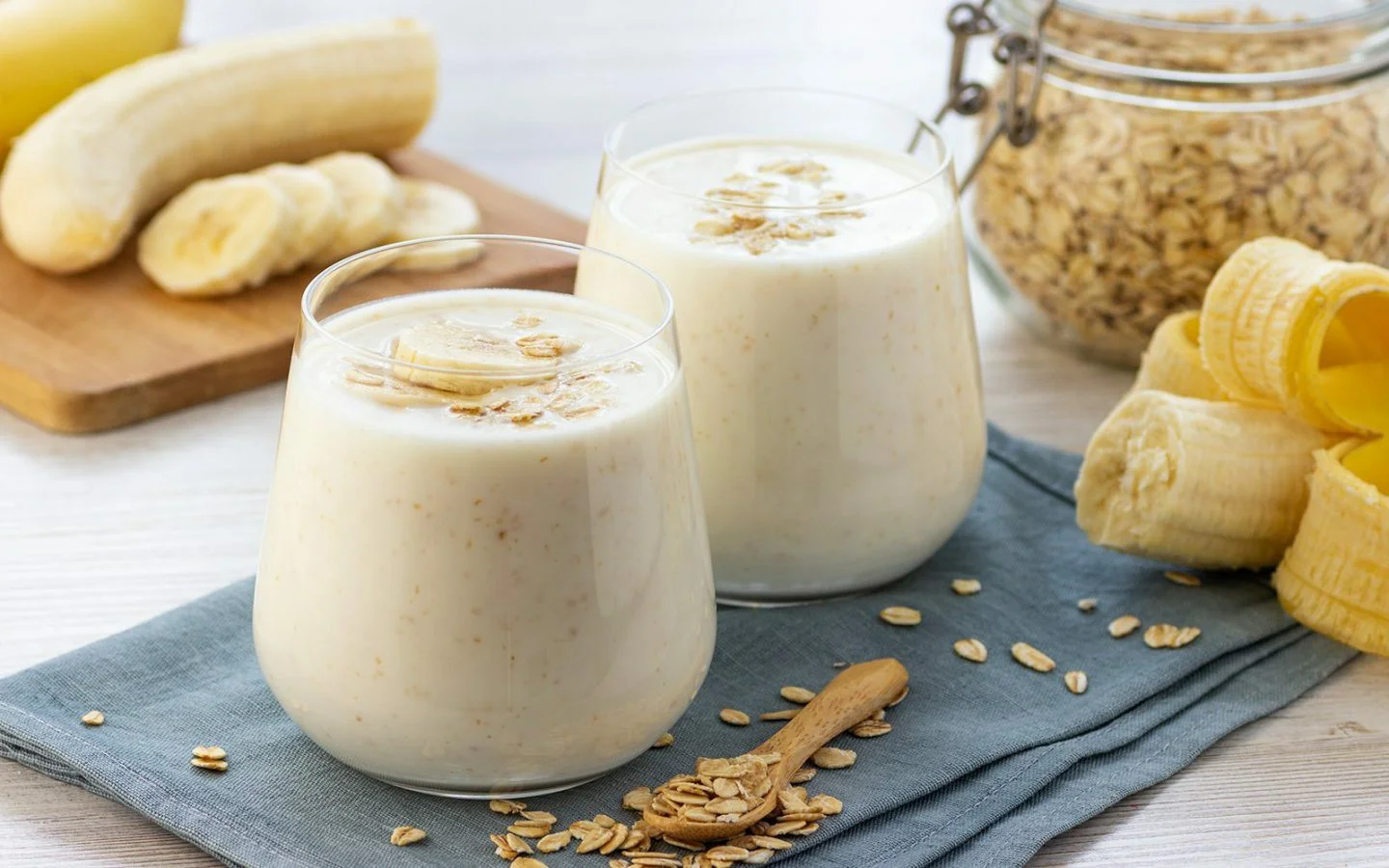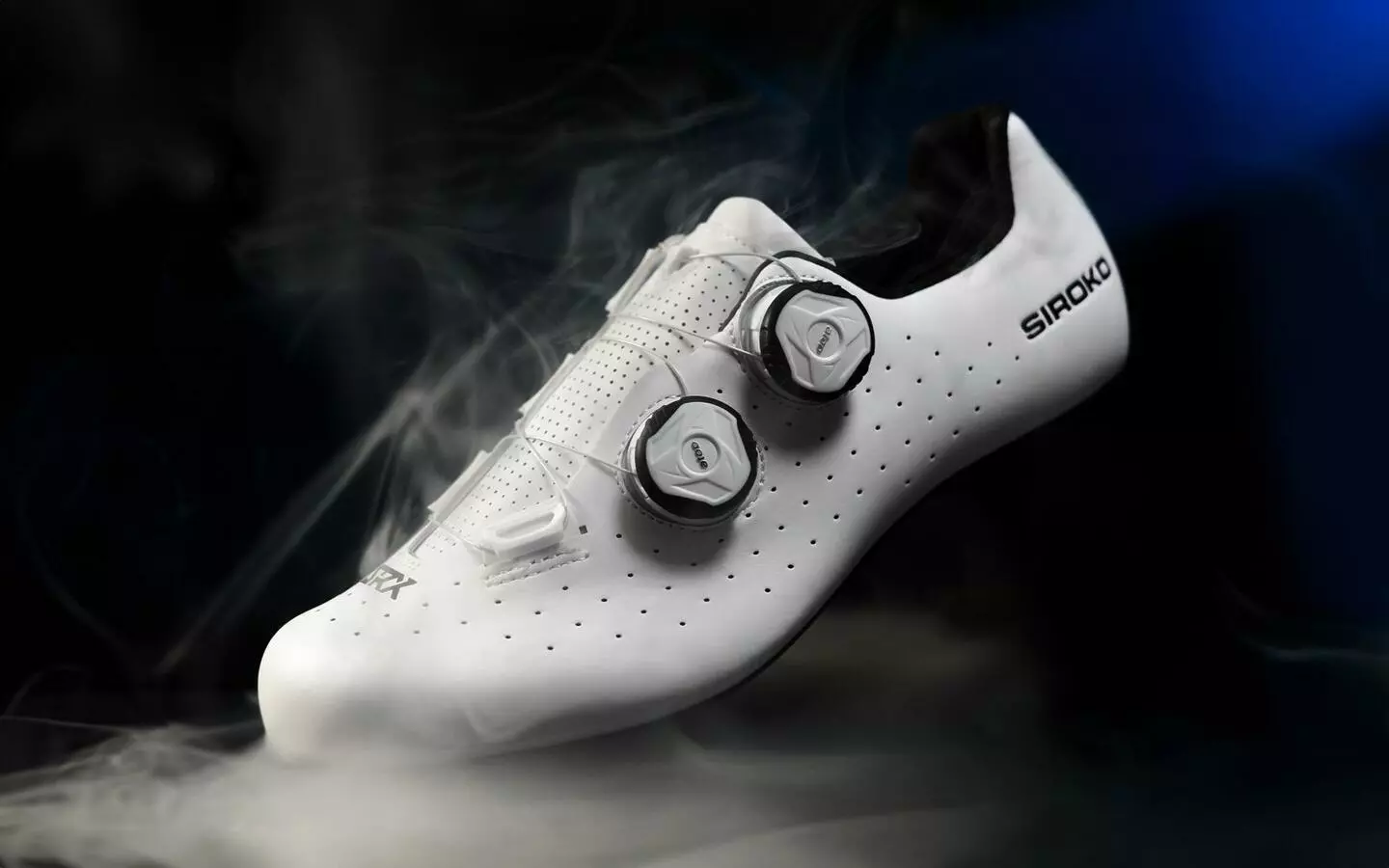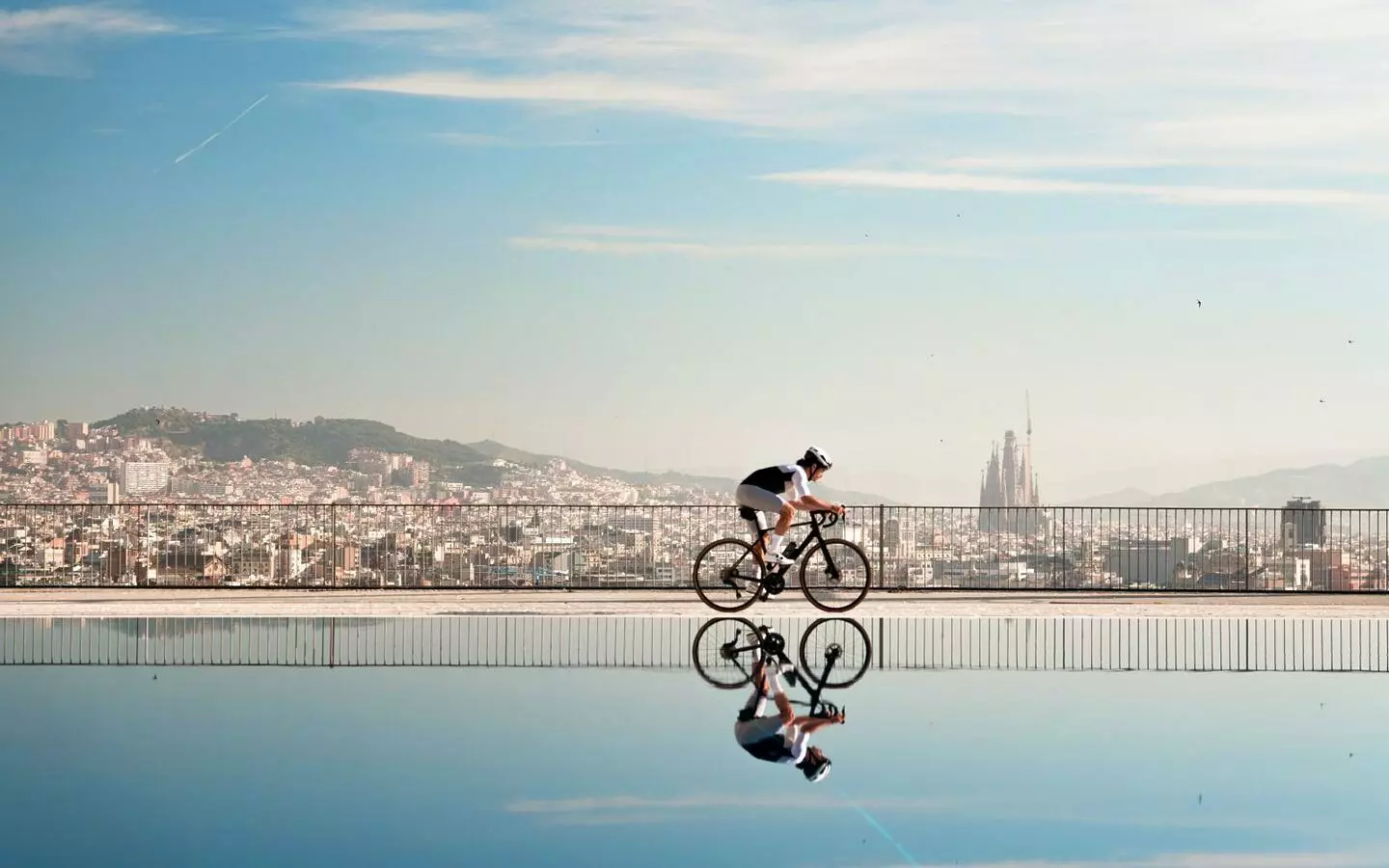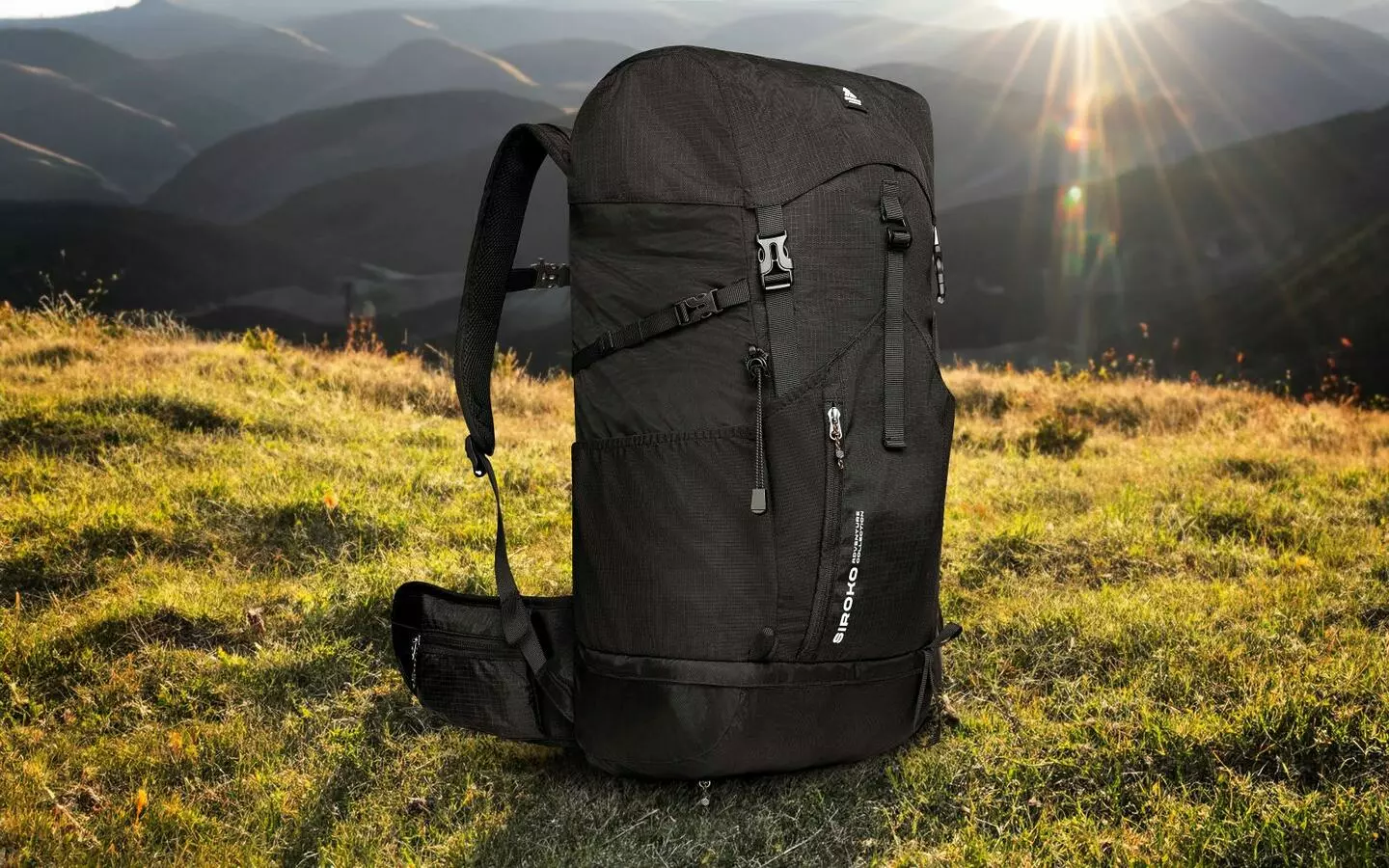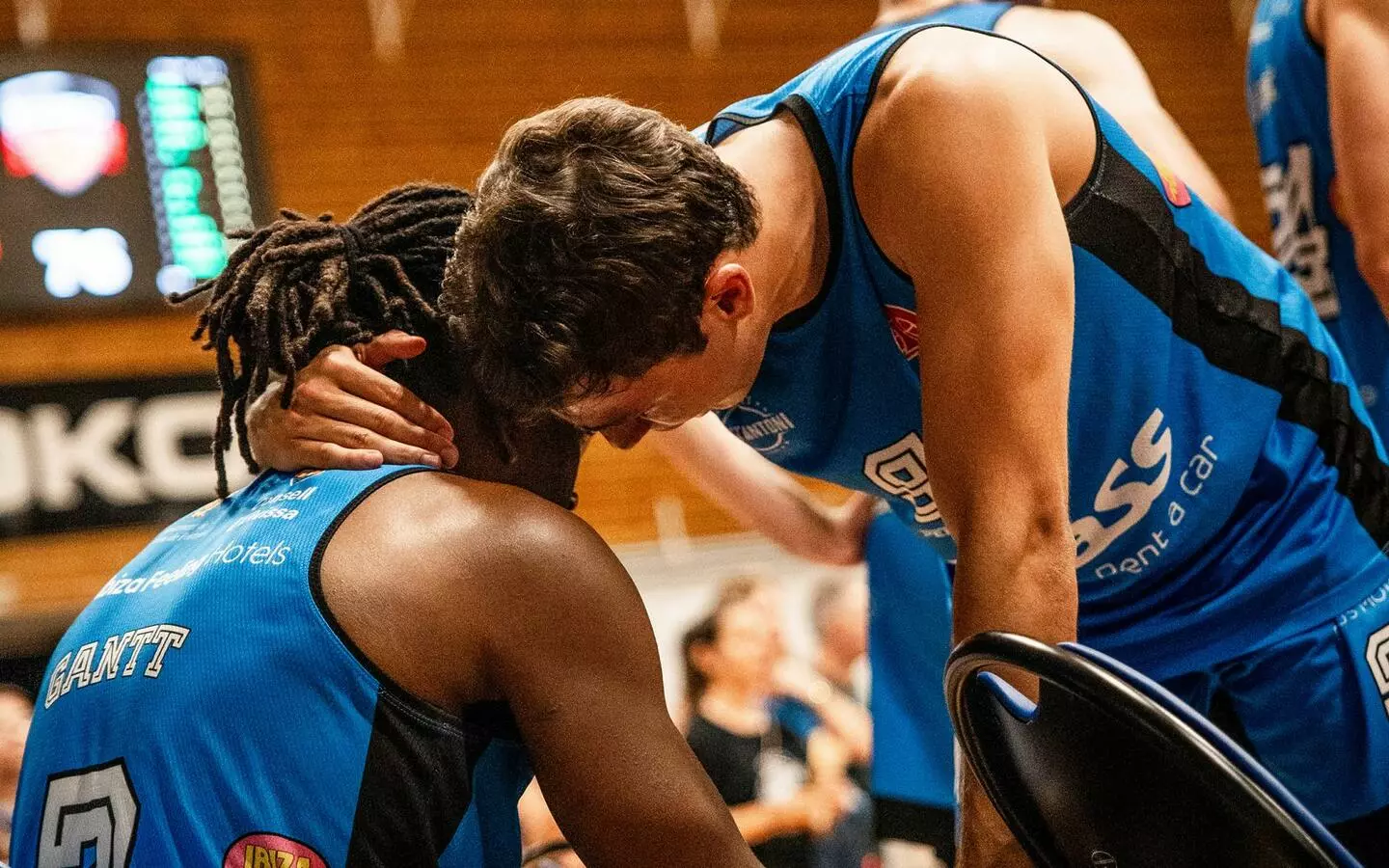If you’re into cycling, you’ve surely seen that the pros start drinking and eating right after the race. As soon as they cross the finish line, the soigneurs provide them with water, sugary drinks, gummy bears for Peter Sagan and, of course, the ever-present and sought-after recovery shakes. Then, usually in the team bus, they keep drinking and eating to make sure they follow the three R’s of recovery: Replenish, Rehydrate and Repair.
That being said, let’s be honest: the vast majority of cyclists are simply amateurs who enjoy pedaling. We may train hard and push our bodies to the limit from time to time, maybe even each weekend, but we hardly ever reach the level of constant and prolonged effort, exhaustion and physical exertion of a pro. That’s why there is no point in comparing ourselves to them and doing what they do. Besides, behind those pro riders and teams there are always sponsors interested in showing and selling their products. This desire to sell a lot at all costs is the origin of these 5 myths about workout recovery:
Myth 1 – Only protein for recovery
The most common one. It was first created in gyms several decades ago, accompanied by lifting dumbbells and weights, and demonizing carbs and fats. The problem is that it’s not scientifically sound, especially in the case of endurance sports such as cycling.
Do we need protein? Yes, but not only and not as much as we are led to believe, we already have plenty of it. To follow the three R’s of recovery rule we need carbohydrates to replenish glycogen stores; water, salts and minerals to rehydrate; and protein to repair tissues.
Myth 2 – Eating a lot after workout
Just as overtraining doesn’t make us stronger, consuming more protein, or simply eating more after training to replenish energy stores does not mean better recovery. Don’t focus on the “diet” of a pro in the Tour de France or the 10,000-calories-a-day average of some professional athletes because so far we only watch the Tour de France and the Olympic Games on TV. Eating as much as a professional athlete in the middle of a competition season is simply crazy and can lead to digestive problems and/or weight gain.
However, if we were to count calories, eating shop-bought pastries, pizzas, chips and other ultra-processed foods, adding sugary drinks to the equation, we could easily get close to 10,000 calories.
Myth 3 – You always need to eat after training
It depends, as in so many other cycling and sports nutrition topics, on what you have eaten before and the length and intensity of the ride or workout.
A balanced diet based on healthy foods is a good basis for 1-2 hours of exercise a day at a light to moderate intensity.
If the ride was not long or very intense, you do not need to drink a recovery shake straight away. If you had had a meal before your ride, you have not depleted your glycogen stores.
If the ride was long or the training was intense, it is a good idea to provide your body with food and/or drink, but if you don’t do it immediately, it’s fine, your recovery will not be affected.
Sometimes, after a great and extreme effort, you may not feel like eating anything. In this case it is best to try to drink or eat some fruit high in water content such as watermelon, melon, orange or pineapple. If it’s still too much, it’s okay, there’s room for individual choices.
Myth 4 – The Anabolic Window
A myth created to sell more products by linking the end of a workout with the immediate consumption of supplements to quickly replenish glycogen stores and start repairing tissues. Such a formula works great for brands because they know that their products are instant and very convenient as they can be easily transported and consumed.
The problem is that scientific evidence is not as clear-cut as we are led to believe. This study questions the alleged benefits of the anabolic window and this one states directly that it does not exist in the way it had been described to us: “These findings refute the contention of a narrow post-exercise anabolic window to maximize the muscular response and instead lends support to the theory that the interval for protein intake may be as wide as several hours or perhaps more after a training but depending on when the pre-workout meal was consumed”.
The window of opportunity exists, but it’s actually a pretty large and wide one that extends over several hours. Our body does not simply close the window at a certain time, so we can eat and drink for recovery after half an hour, an hour, three or even five hours. Making sure we eat healthy food is way more important than the timing.
Myth 5 – Recovery shakes and drinks are the best for recovery.
Shakes are very handy, but they are neither the only nor the best solution. Knowing we have a wide window, we can choose real food that provides us with everything we need for the three R’s plus fiber, vitamins and, above all, the feeling of actually eating food and not just swallowing a shake.
Food works just as well as shakes. In this study muscle glycogen recovery was similar with sports products and potato-based products. They went even further in this study and compared fast food with sports supplements. They found no significant differences in either postexercise glycogen recovery or exercise performance.
The bottom line is that if you feel like sharing a pizza with your group of cycling buddies at the end of a long day of cycling, not only will you replenish your glycogen as if you had a recovery shake, but you will also have a good time chatting and exchanging stories, feelings and experiences in good company.
4 Real food examples for workout recovery:
-
Homemade recovery shake
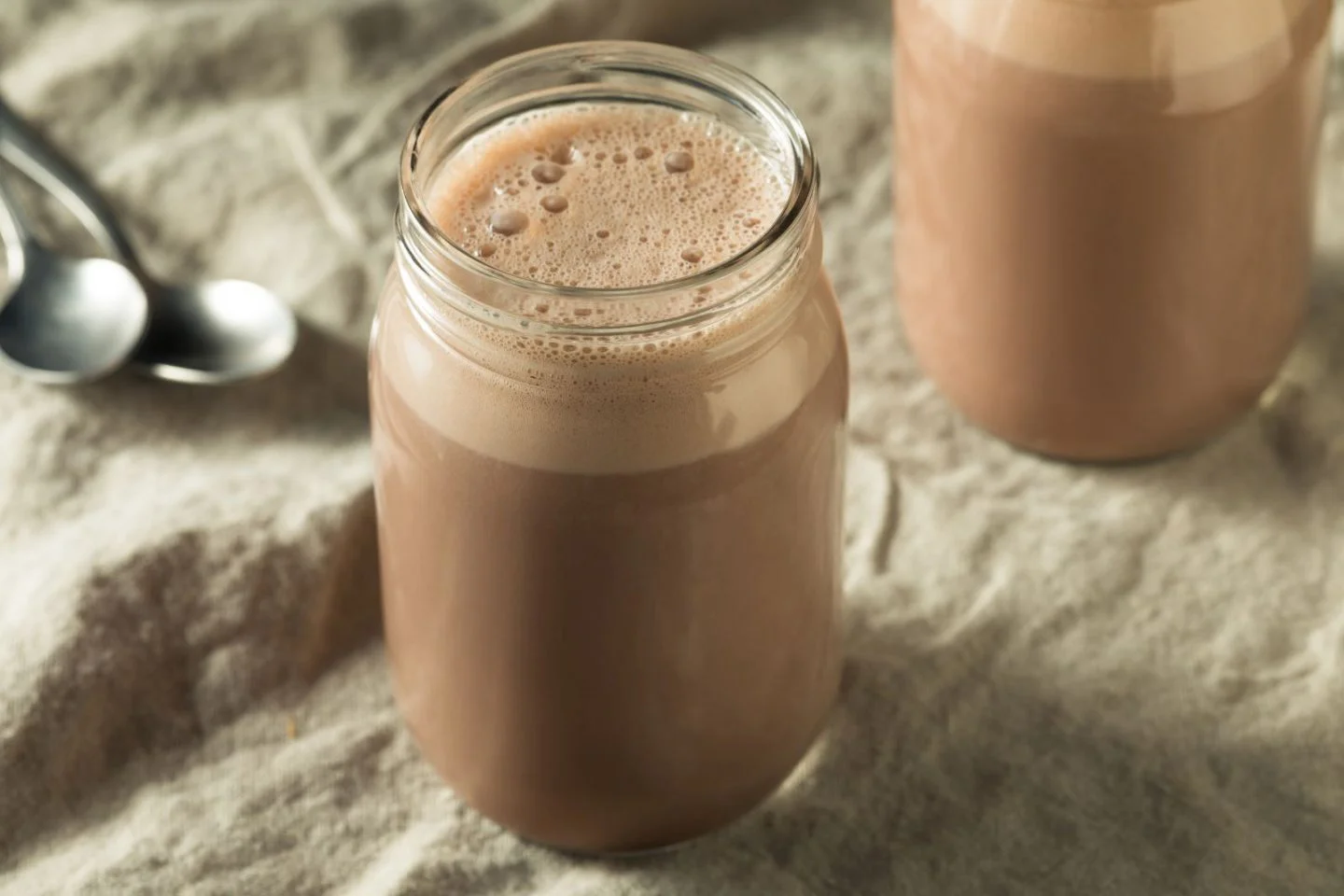
426 calories – 70.19 g carbohydrates, 14.22 g protein, 11.09 g fat
1 Medium-sized banana (18-20 cm)
½ Cup of coffee (120 ml)
1 Tablespoon of honey
1 Teaspoon cinnamon
1 Tablespoon of pure fat-free cocoa powder
1 Cup of whole milk (it can be skimmed if you want less fat, vegetable if you are vegan or yogurt if you want a thicker shake)
1 Tablespoon of oat flakes
-
Greek Yogurt with Apple, Walnuts and Oatmeal

438 calories – 38.42 g carbohydrates, 10.99 g protein, 28.17 g fat
1 Plain Greek yogurt – 125 g (can be any other type of yogurt, quark or cottage cheese)
Walnuts – 20 g
Oat flakes – 20 g
1 Medium Granny Smith Apple
-
Tuna and potato salad

479 calories – 86.86 g carbohydrates, 26.53 g protein, 5.10 g fat
1 Large boiled potato (about 250 g)
1 Big carrot (about 80 g)
100 g of canned tuna
10 Black olives
50 g of sweet corn
1 Small onion (about 60 g)
1 Medium tomato
As dressing you can use olive oil, lemon, salt and pepper plus any fresh herbs of your choice. If you want more protein you can add yogurt.
-
Whole wheat pasta with bolognese sauce

1 Plate (about 2 Cups) – 660 g
607 Calories – 49.7 g carbohydrates, 27 g protein, 32.9 g fat
Recipe for 6 plates:
700 g of ground beef
1 Red onion
2 Zucchini
2 Red peppers
2 Celery sticks
300 g of whole wheat pasta
1 Jar of tomato sauce (450 g)
1 Can of chopped or whole tomatoes
